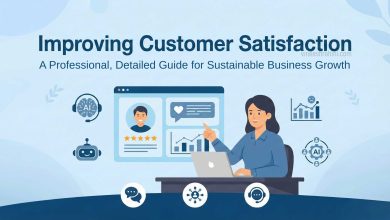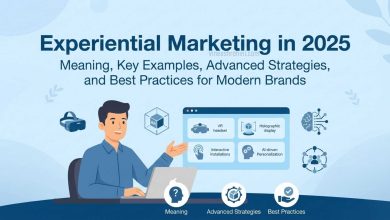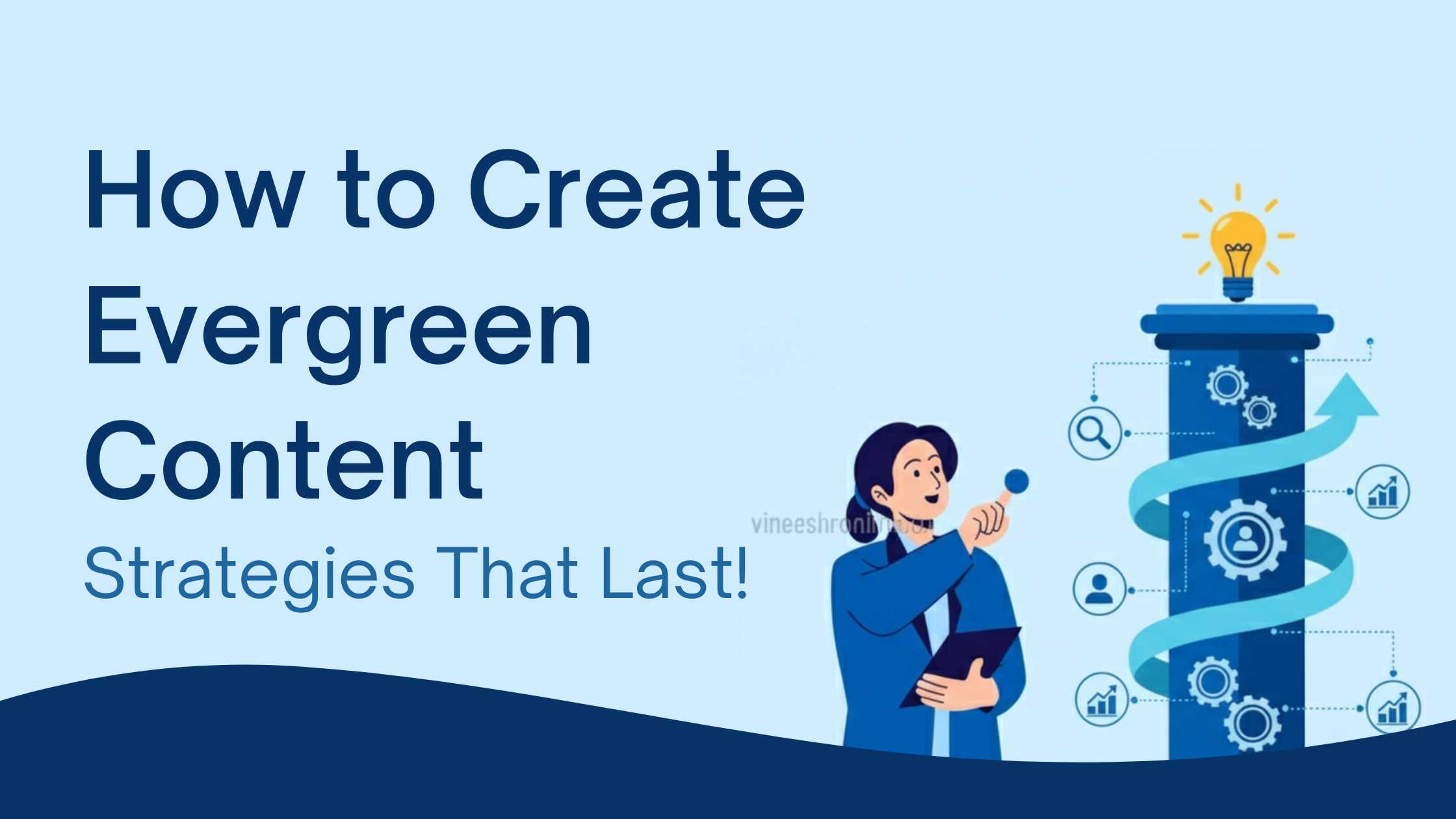The Power of SEO, SEA, and SEM in Digital Marketing
Introduction
In the fast-paced world of digital marketing, staying ahead of the competition requires a deep understanding of various strategies and techniques. Search Engine Optimization (SEO), Search Engine Advertising (SEA), and Search Engine Marketing (SEM) have emerged as pivotal tools in the arsenal of digital marketers. These three interconnected concepts play a crucial role in enhancing a website’s visibility, driving traffic, and ultimately, boosting conversions. In this 3000-word essay, we will delve into the intricacies of SEO, SEA, and SEM, exploring their individual significance, differences, and how they synergize to create effective online marketing campaigns.
I. Search Engine Optimization (SEO)
Search Engine Optimization, commonly known as SEO, is the process of optimizing a website’s content, structure, and performance to improve its visibility on search engines like Google, Bing, and Yahoo. The primary goal of SEO is to attain higher organic (unpaid) search engine rankings, resulting in increased organic traffic to the website.
1. On-Page SEO
On-page SEO focuses on optimizing individual web pages to improve their search engine rankings. It involves several key elements:
a. Keyword Research: Identifying relevant keywords that potential visitors might use to find your content.
b. Content Optimization: Creating high-quality, keyword-rich content that addresses users’ search queries.
c. Meta Tags: Optimizing title tags, meta descriptions, and header tags to provide search engines with relevant information.
d. URL Structure: Creating SEO-friendly URLs that are concise and descriptive.
e. Image Optimization: Compressing and adding alt text to images for better search engine visibility.
f. Internal Linking: Building a logical and well-structured network of internal links to improve user experience and SEO.
2. Off-Page SEO
Off-page SEO involves activities outside of the website itself, aimed at building its authority and credibility in the eyes of search engines. Key off-page SEO strategies include:
a. Link Building: Acquiring high-quality backlinks from reputable websites to demonstrate your site’s authority.
b. Social Media Engagement: Promoting content on social media platforms to increase visibility and drive traffic.
c. Online Reputation Management: Monitoring and managing online reviews and mentions to maintain a positive brand image.
d. Influencer Marketing: Collaborating with influencers to reach a wider audience and gain credibility.
II. Search Engine Advertising (SEA)
Search Engine Advertising, also known as Paid Search or Pay-Per-Click (PPC) advertising, is a method where advertisers pay a fee each time their ad is clicked. These ads appear at the top of search engine results pages (SERPs) and are marked as “sponsored” or “ad.” SEA is an effective way to drive immediate, targeted traffic to a website.
1. Google Ads
Google Ads is the most popular platform for SEA. It allows advertisers to create and display ads on Google’s search network, display network, YouTube, and more. Key features of Google Ads include:
a. Keyword Targeting: Selecting specific keywords to trigger your ads when users search for related terms.
b. Ad Extensions: Enhancing ads with additional information like location, call buttons, and product links.
c. Bid Strategies: Controlling how much you’re willing to pay for clicks and conversions.
d. Remarketing: Targeting users who have previously visited your site with customized ads.
2. Bing Ads
Bing Ads is Microsoft’s advertising platform, serving ads on the Bing search engine and Yahoo. It offers similar features to Google Ads, making it an alternative for reaching a different user demographic.
3. Social Media Advertising
In addition to search engines, social media platforms like Facebook, Instagram, Twitter, and LinkedIn also offer advertising opportunities. These platforms allow advertisers to target specific demographics and interests, making it easier to reach a tailored audience.
III. Search Engine Marketing (SEM)
Search Engine Marketing is the broader term encompassing both SEO and SEA. SEM refers to the holistic approach of using both organic and paid strategies to enhance a website’s visibility in search engines. The synergy between SEO and SEA in an SEM strategy can yield impressive results.
1. Combining SEO and SEA
a. Keyword Integration: Using insights from both SEO and SEA to target high-performing keywords in organic and paid campaigns.
b. Data Sharing: Analyzing data from both channels to refine strategies and improve overall performance.
c. Testing and Optimization: A/B testing ad copy, landing pages, and SEO strategies to find the most effective combinations.
d. Budget Allocation: Allocating budgets strategically based on the performance of each channel and keyword.
e. Enhanced Visibility: Achieving maximum visibility on SERPs through both organic and paid listings.
2. Advantages of SEM
a. Faster Results: While SEO may take time to yield results, SEA can drive immediate traffic, making SEM a powerful short-term strategy.
b. Comprehensive Coverage: SEM ensures a brand’s presence across both organic and paid listings, maximizing opportunities for user engagement.
c. Data-Driven Decisions: SEM provides a wealth of data for analysis, allowing for data-driven marketing decisions.
Conclusion
In the ever-evolving landscape of digital marketing, SEO, SEA, and SEM have become indispensable tools for businesses looking to succeed online. SEO forms the foundation, ensuring a website is optimized for organic search traffic. SEA supplements this with paid advertising, offering immediate visibility. When integrated under the SEM umbrella, these two strategies work in tandem, creating a comprehensive digital marketing approach that leverages the strengths of both organic and paid search.
Successful implementation of SEO, SEA, and SEM requires continuous learning and adaptation to algorithm updates and shifting consumer behavior. With these tools at their disposal, digital marketers can navigate the intricate world of online marketing, driving traffic, increasing conversions, and ultimately achieving their business goals in the digital age.



